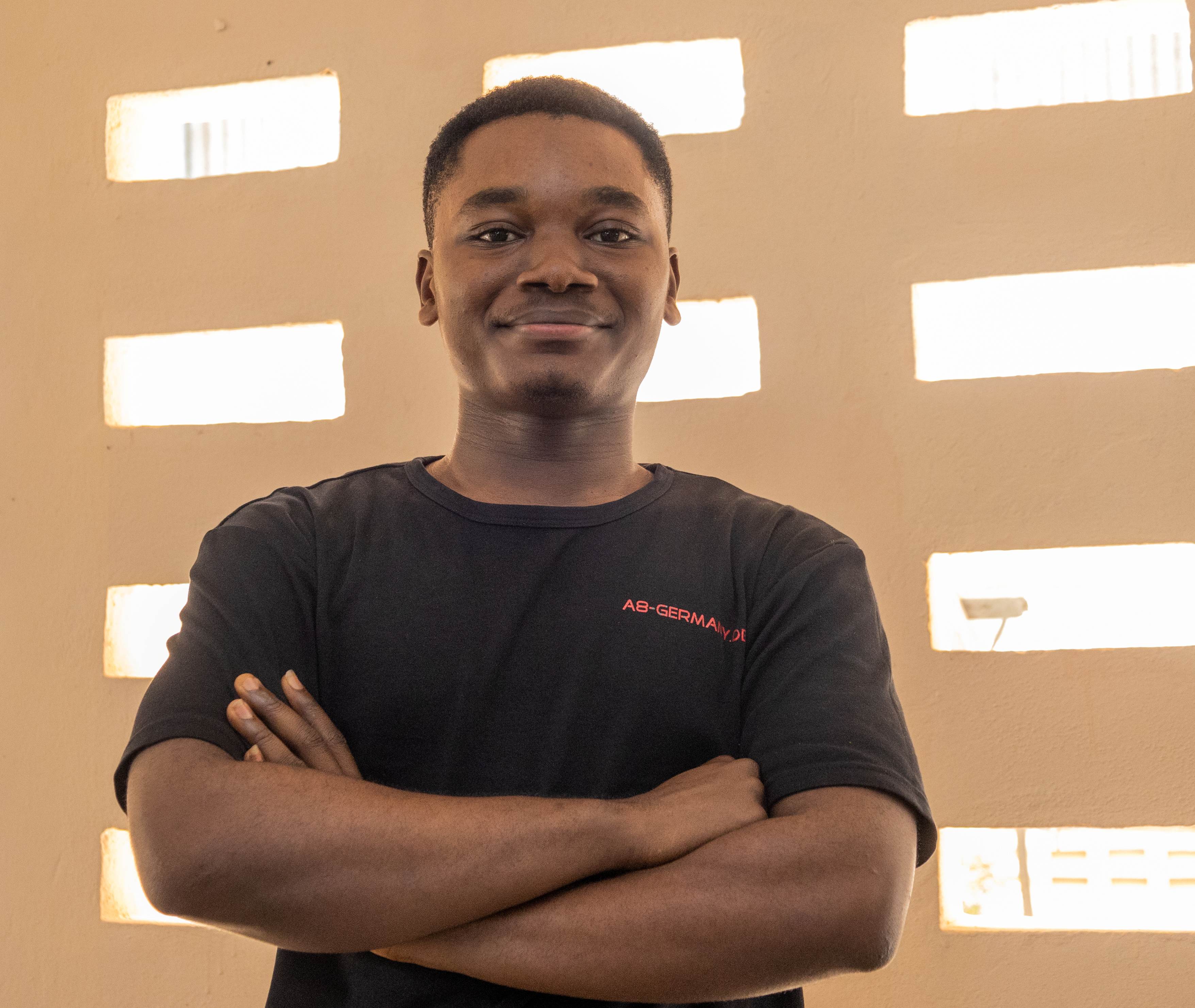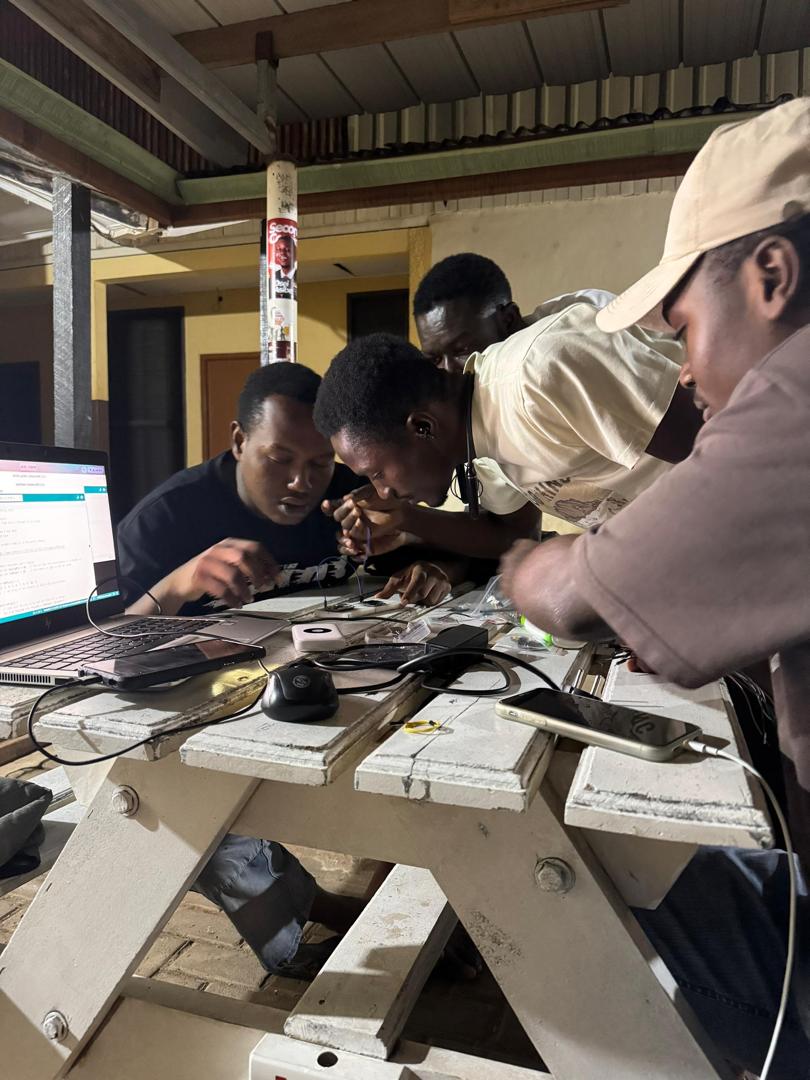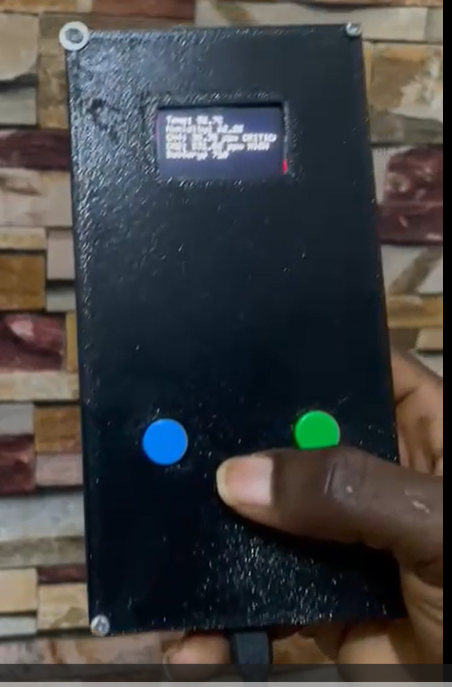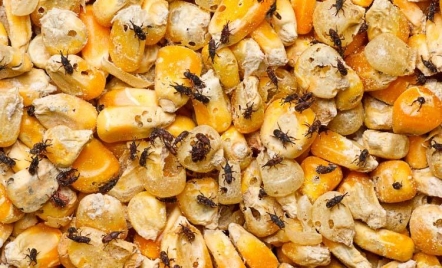
At the Department of Agricultural and Biosystems Engineering, final-year student Isaac Ayensu is leading an innovation drive.
Together with his team, Isaac has developed a Smart IoT Enabled Gas Measuring Device designed to tackle the high cost and complexity associated with existing gas measuring devices.
Through their final-year thesis, Isaac and his team set out to tackle key challenges with existing gas measuring devices.
“One problem we realized was that because most of these gas measuring devices are standalone, you would have to move with them from wherever you are to the site before you can measure. But our smart IoT dashboard makes it simpler,” he stated.

“It gives you access to the values wherever you are, we've passed values to cloud storage, and the cloud storage is also linked to the dashboard for visualization. So, you can be anywhere while your device is on-site, yet still get the actual readings from your device,” he stressed.
The device measures carbon dioxide, methane, temperature, and humidity, while integrating machine learning for advanced data analysis.
It comes with an AI-powered insights button, offering instant environmental assessments.
“We also have an AI-powered insights button which, when pressed, provides an overall view of what is happening on site. It also gives a point-in-time graph analysis to help you understand the situation. In addition, we have threshold-level graphs that indicate whether pollutant levels are within acceptable limits or beyond control,” Isaac explained.

Their project, originally developed by their senior course mates, was modified and improved.
Beyond its core functions, the team concentrated on sensor innovation to enhance its practicality. “This project is a modification of an existing one and the results is quite massive. We achieved a 90% reduction in the modified one,” Isaac noted.
Looking ahead, the team hopes their innovation will gain widespread adoption. They hope industries, as well as homes and storehouses, will embrace the device to address emission control in the environment and to tackle food post-harvest losses.






Comments